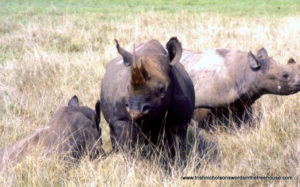 If you are already reading Passionate Travellers: Around the World on 21 Incredible Journeys in History, you will know that the book is divided into geographical regions, that it spans over 2,000 years of history, and is illustrated with a sketch map for each journey rather than with photographs because photography was not invented until 1839.
If you are already reading Passionate Travellers: Around the World on 21 Incredible Journeys in History, you will know that the book is divided into geographical regions, that it spans over 2,000 years of history, and is illustrated with a sketch map for each journey rather than with photographs because photography was not invented until 1839.
The original process developed by Louis Daguerre ‘burned’ images onto metal plates; the early models required at least thirty minutes exposure time. The first of our ‘passionate travellers’ able to take photographs was Ida Pfeiffer who took her daguerreotype apparatus – camera obscura, metal plates, clamps, cases, stands and bottles of mysterious substances (including mercury) in a locked box – on her journey to Iceland in 1845. But she nearly lost it all before she had even left Austria.

Photography was such a novelty that when German customs officers at the border demanded that Ida open the box for inspection, they thought she was either smuggling contraband or was a spy and they confiscated it. Only her indignant determination secured its release.
Fortunately, I have never had cameras or film confiscated, although on one occasion a security guard in Charles de Gaulle airport yelled at me and put his hand pointedly on his gun holster when I refused to put my unexposed film through the X-ray machine (they were not all camera-safe in those days).
I have always been an obsessive photographer, and as I have travelled in most of the places featured in Passionate Travellers, I have put together this series of photo-essays to illustrate each region. All the images were captured on Kodachrome. Those were the days before digital manipulation – you had to get it right first time. Mistakes were expensive. And if you ran out of film in a remote village in the Himalaya, there was nothing you could do.
The passionate travellers in Africa journeyed through Egypt, the north African coast, west Africa, and south east Africa. I have chosen images that I hope will show some of the colour and feel of the vast African land mass with scenes that have probably remained unchanged for centuries.
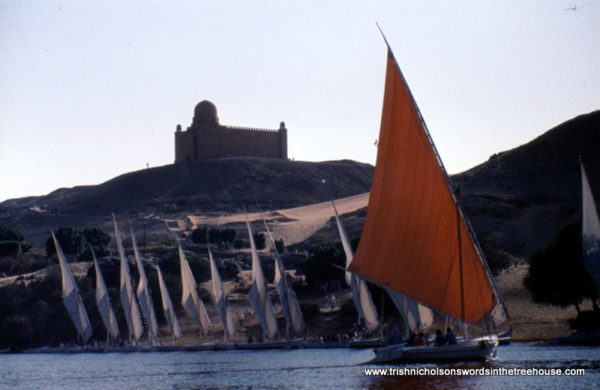
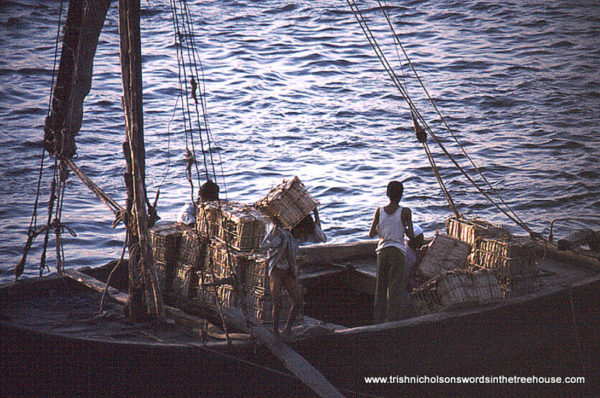
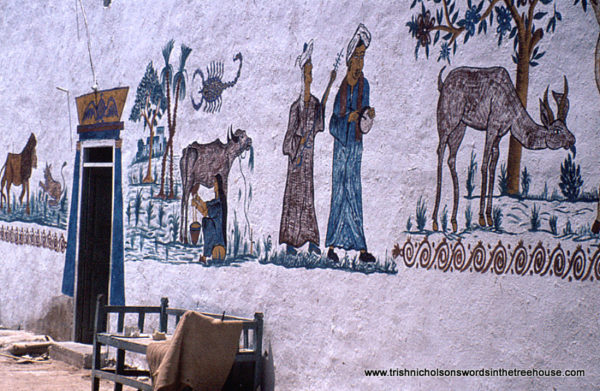
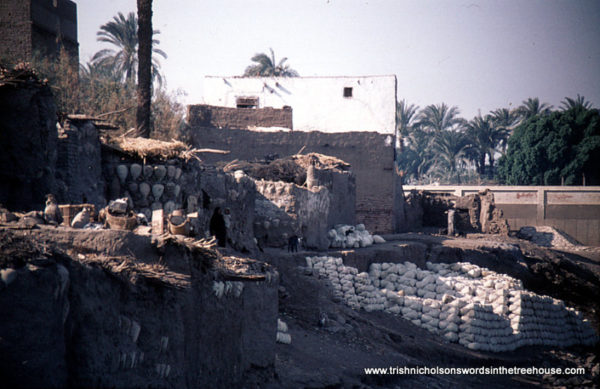


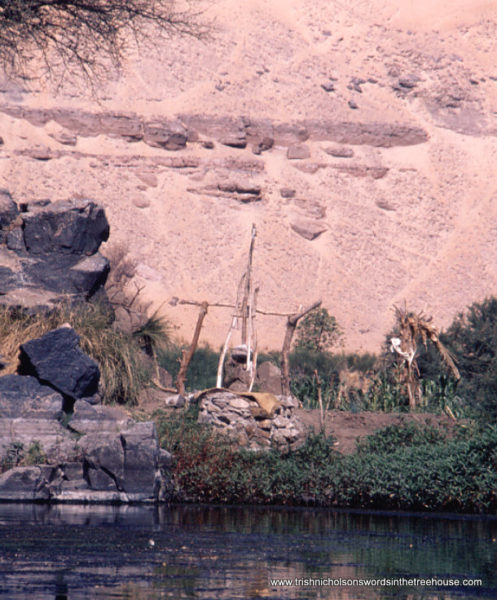
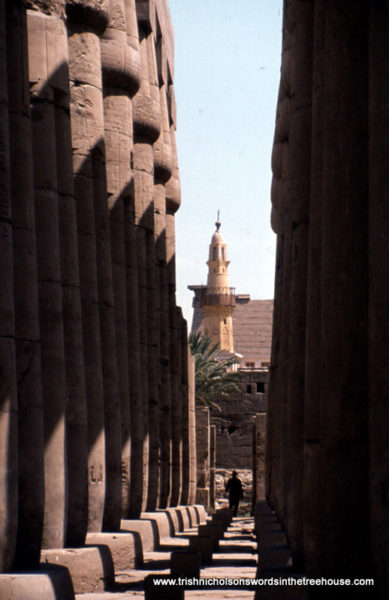
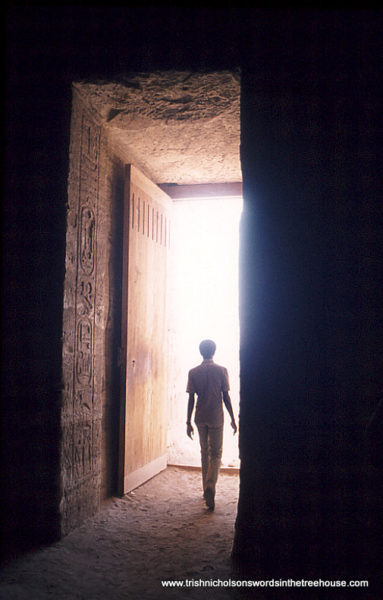
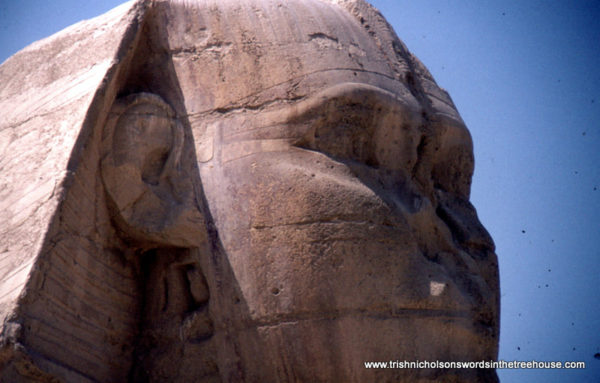
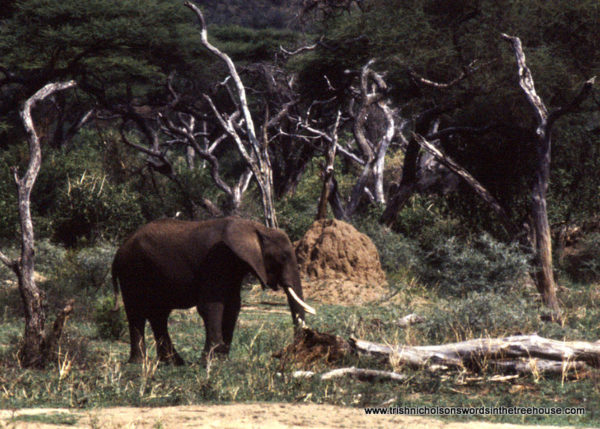
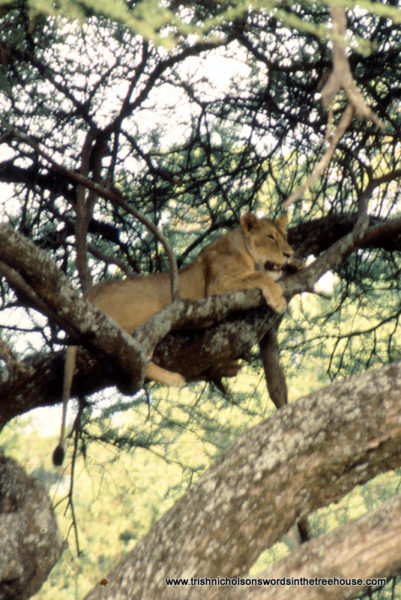
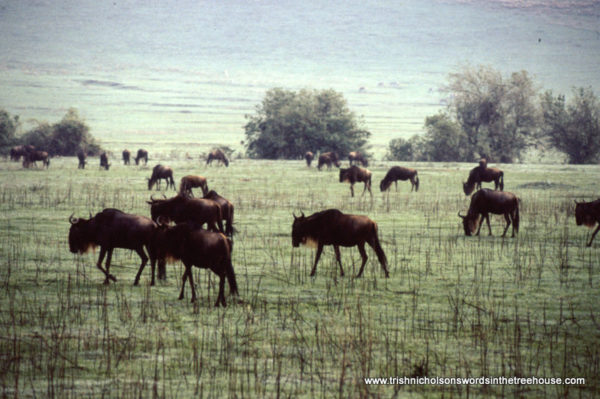
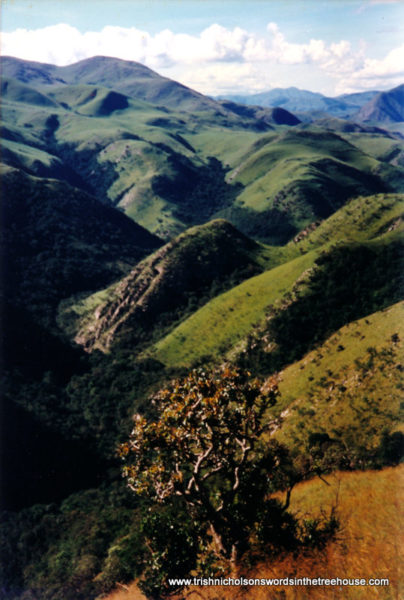
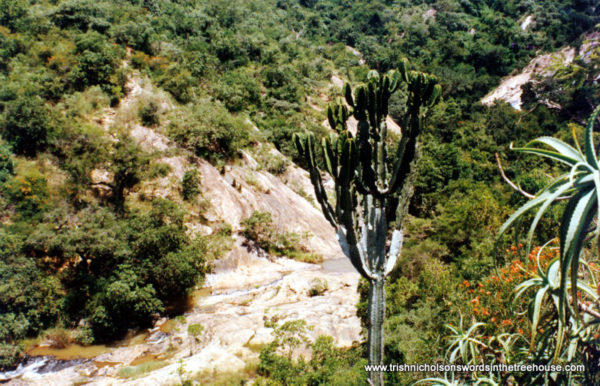
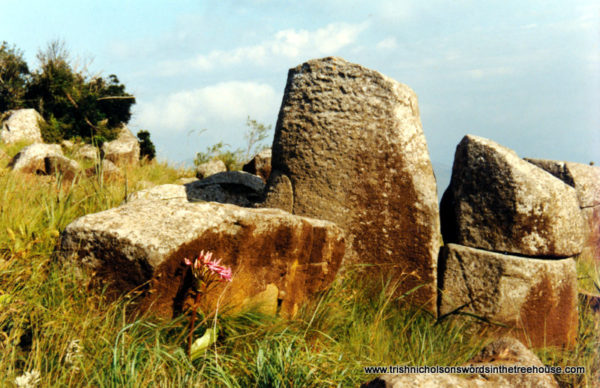
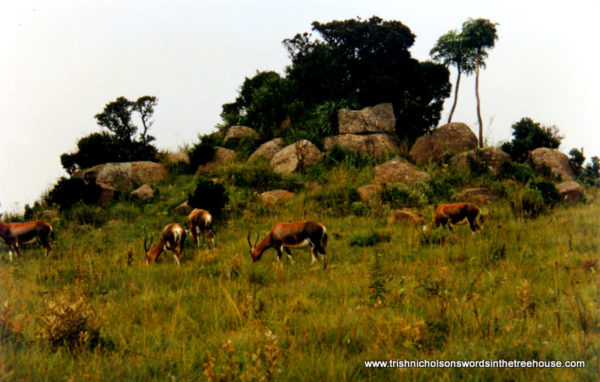
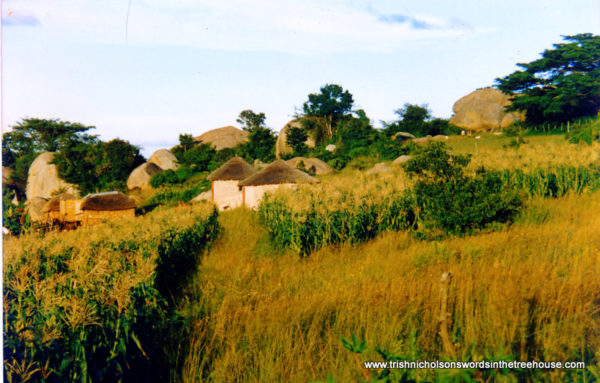
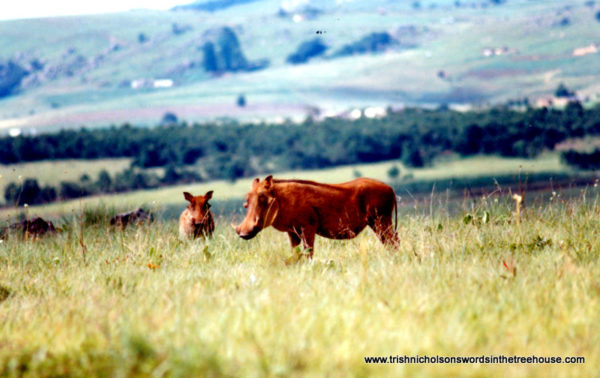
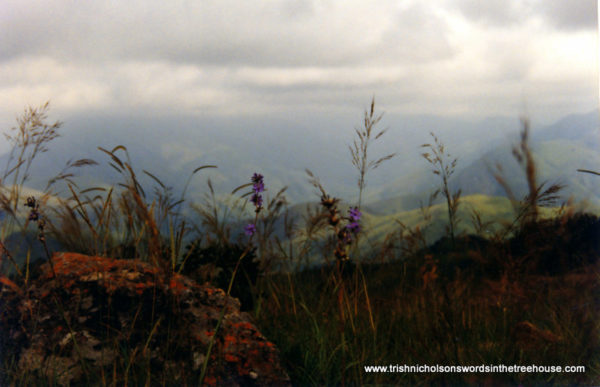
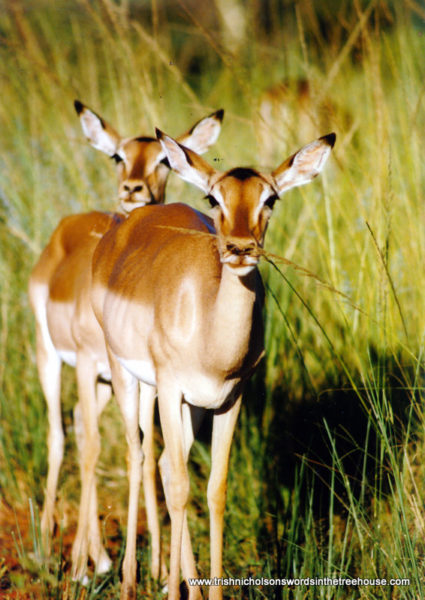
If you have enjoyed this photo-essay, please share the pleasure with others.
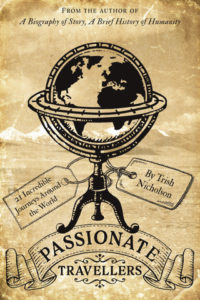 Trish Nicholson is the author of Passionate Travellers: Around the World on 21 Incredible Journeys in History.
Trish Nicholson is the author of Passionate Travellers: Around the World on 21 Incredible Journeys in History.
